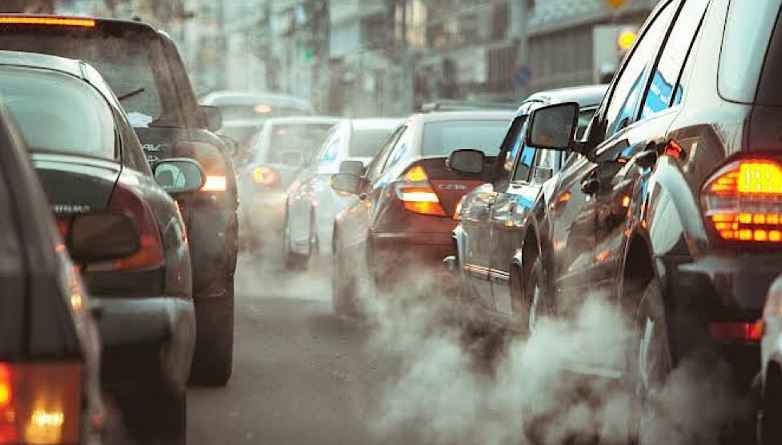Tackling Air Pollution: Punjab’s Vigorous Measures Unveiled
In an effort to combat air pollution caused by smoke-emitting vehicles, Punjab’s Caretaker Minister for Transport, Ibrahim Hasan Murad, recently shared crucial details about the government’s initiatives.
Minister Murad disclosed in an interview that, out of the 71,000 vehicles inspected, 5.6 percent were found violating the government’s directives on emission reduction, emitting harmful smoke into the air. He highlighted the proactive role of the Punjab Transport Authority Enforcement Wing, taking stern action not only against private vehicles but also smoke-emitting vehicles owned by schools, colleges, and universities.
Identifying motorcycles as primary contributors to pollution, Murad explained that motorcyclists, primarily from the labor class, are issued fines and warnings instead of facing impoundment.
Official data reveals that authorities have implemented strict measures, impounding over 1700 vehicles and imposing fines totaling Rs. 80 million in just the past few weeks. This signifies a robust response to the identified violations.
Minister Murad also shared that the government is utilizing cloud seeding to enhance the likelihood of rainfall—a measure aimed at mitigating air pollution. This innovative approach showcases the government’s commitment to exploring new solutions.
With a focus on improving air quality, Punjab has decided to lift the smart lockdown imposed to address smog-related issues. Caretaker Chief Minister Mohsin Naqvi, in a statement on social media, revealed that the decision was made after consultations with experts and the Punjab environment department. This decision reflects the government’s dedication to adapt and respond to changing environmental conditions.
These comprehensive steps underscore Punjab’s commitment to addressing the challenges of air pollution and creating a healthier environment for its residents. The government’s approach involves not only penalizing violators but also exploring innovative solutions such as cloud seeding to combat the adverse effects of smog.

